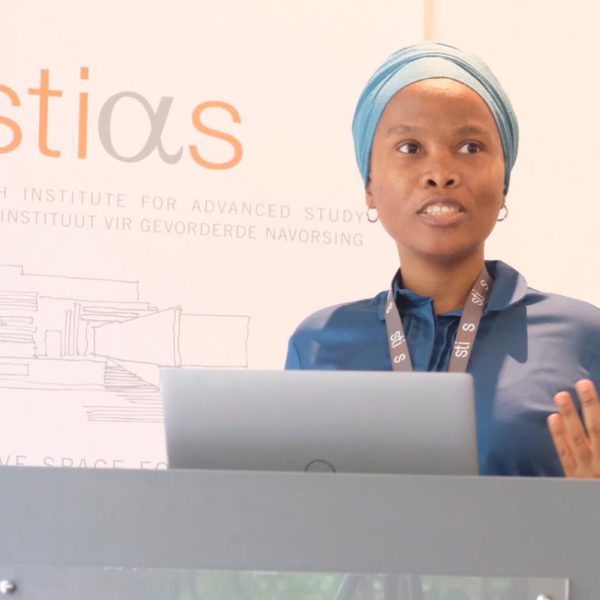Metal bioavailability-based approaches are used to predict the bioavailability of metals in surface waters and toxicity to aquatic organisms. Over the years, several bioavailability-based models have been developed, from simple empirical models to more complex mechanistic ones such as the Biotic Ligand Model (BLM). Several developed countries have adopted metal bioavailability-based approaches in regulatory frameworks for setting water quality criteria targeted at protecting aquatic life. However, the development and application of metal bioavailability-based models in African countries is extremely limited or non-existent. In this project, I aim to use a non-experimental approach to highlight the advantages of bioavailability-based models and evidence of reduced metal pollution in countries that have adopted these models. I also aim to identify factors that could be hindering the application of these models in African countries and emphasise the need to bridge the gap through innovative research and collaboration. Outputs from the project will provide a wealth of information that will be vital to the development and application of metal bioavailability-based models in African countries and other regions of the world. These will guarantee the adequate protection of aquatic life and sustainable use of resources which benefits present and future generations.
Menu
Related news
Related news
Related publications
Related publications
Journal Article
Bawa-Allah, Kafilat A. 2023. Assessment of heavy metal pollution in Nigerian surface freshwaters and sediment: A meta-analysis using ecological and human health risk indices. Journal of Contaminant Hydrology, 256, 104199. https://doi.org/10.1016/j.jconhyd.2023.104199
Share this project:
Share on whatsapp
WhatsApp
Share on email
Email
Share on facebook
Facebook
Share on twitter
Twitter
Share on linkedin
LinkedIn
Is any information on this page incorrect or outdated? Please notify Ms. Nel-Mari Loock at [email protected].


